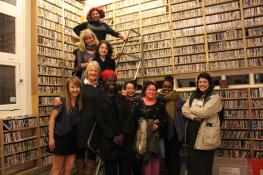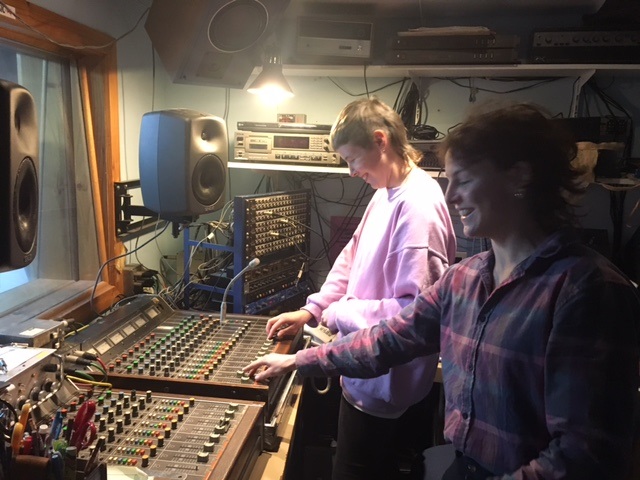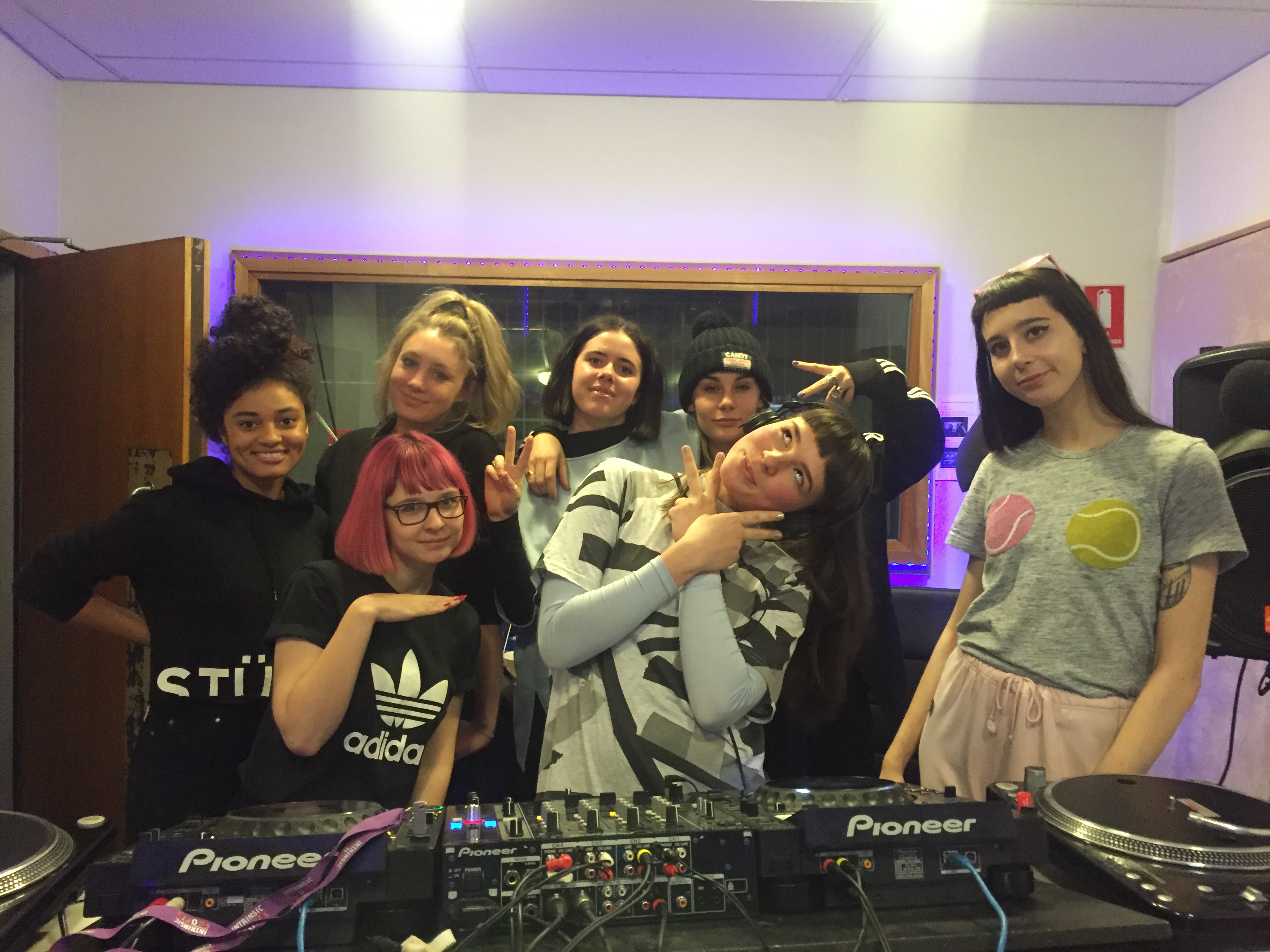
You can't be what you can't see: creating spaces for women and gender diverse people in community broadcasting
“The confidence gap is a real thing,” says Program Coordinator of FBi’s Dance Class, Andy Garvey, a DJ training and mentorship program for women.
This is one of the many great initiatives that is happening at the moment within the community broadcasting sector to encourage more women and gender diverse people into broadcasting roles.
The latest Station Census reported in 2013 that community broadcasting has generally employed more men than women and this gender split has remained consistent for years. It found that there were more men than women in all roles except administration. Excluding this, the gender gap was greatest in presentation and production, with a ratio of around 3.5 men to every 2 women.
The values that underpin the community broadcasting sector – access, diversity, innovation and independence are all aspirations that need to be consistently worked towards and reflected upon. Broadcasters within every community radio station hold great power and responsibility to reflect these values with their programing decisions and to accurately reflect the diversity that exists within Australia.
So what kinds of measures and initiatives are being undertaken to promote gender diversity in community radio?
In 2014, Sydney's FBi Radio launched FBi Click, a digital radio service dedicated to dance and electronic music. According to Andy Garvey, in the process of programming the lineup for its launch, they were shocked by the level of gender disparity that still existed in Sydney's club scene and felt the need for initiatives that supported women entering the industry. When the station launched FBi Click's Dance Class program, they wanted to focus on avoiding any potential barriers that might have prevented people from entering. To combat this, they asked applicants about their music taste and career goals rather than their current skill level. They noticed that within the applications people often undersold their skills.
“We were blown away by the quality and number of applications and also by the number of people who identified themselves as beginners but who'd actually been practicing mixing for a year or more in their bedrooms or playing gigs.”
Melbourne youth station SYN recently ran a broadcast training and mentorship program for ethnically diverse women. They found the need for flexibility within training days to work around the young people’s family and faith commitments. The program had a large focus on making sure volunteers felt welcomed into the SYN community more broadly. They did this by inviting them to SYN functions, informal training opportunities and other social activities. SYN Diversity Programming Coordinator Fiona Wright emphasised the importance of trying to understand the needs and aspirations of each participant.
“This individual approach happened really organically as all the program participants responded really warmly to it. We hadn't planned on that approach in the program brief but it has been a big component in the success of the program.”
3CR Training Coordinator Leanne McLean has also been involved in many inclusive training initiatives for a range of diverse people and groups. Training at 3CR is founded on the principles of access in its design, delivery and participation. They aim to create a training environment that addresses mainstream barriers to learning. Leanne emphasises the importance for consultation in training design and flexibility in training delivery. For example, in thinking about ways of making training accessible to people with parenting responsibilities she asks them what time is most suitable for the training to be delivered. She notes that it is important that trainees feel supported and so thinking about issues such as childcare options is a way to do that. Leanne also points to the importance of organising mentors to offer support and follow up with new trainees so they are not left to make it alone, particularly for after hours programs. She likes to sit down with new broadcasters after a few months of them being at the station to allow them space to chat about their experience and to ask questions because as we all know, learning doesn’t end when the courses finish.
PBS 106.7FM in Melbourne is also currently running a broadcast training initiative for women and gender diverse people, the PBS Access Training Program. The program runs for eight weeks and includes specialisttraining classes from contemporary female and gender diverse broadcasters along with mentorship from current PBS announcers. The new trainees will gain access to a one hour program on PBS Digital Radio following the course, which will see PBS offer original digital-only content for the first time in its nearly 40 year history. As the program coordinator for this initiative, I have found that flexibility and follow-up are of the upmost importance.
Flexibility is imperative to creating space for new people to come through. Being able to discard traditional forms of marketing and teaching and rethink ways you are communicating and attracting people within your community are really important to reflect upon. The echoing themes coming through these programs include; the importance to keep program numbers low, to keep it focused, to allow for flexibility and to allow time for follow-up.

Programs like these are also a great conversation starter and ask people at all levels of the station to question their privilege. It creates an opportunity to talk about concepts such as representation, access, emotional labour and the confidence gap.
The very nature of volunteering within community broadcasting is often reserved for the most privileged, as it requires people to be able to afford to give up time each week.
It’s important to think about how you can support members of your community into on-air roles so that you’re reflecting the values of community broadcasting. As a starting point, it could be as simple as reflecting on your gender statistics from within your stations. What is your representation like on-air? What can you do to change it? It is everybody’s responsibility.
Community broadcasting is important because it has the ability to disrupt dominant mainstream trends of what it means to be a broadcaster. So while there is still a way to go to ensure there is accurate representation of women and gender diverse people on-air, these initiatives are helping to improve the imbalance. They are actively carving out space for people so we can reflect the communities that we are a part of and so that community broadcasting can become a leader in gender equality.
This article was originally written for the 2016 November edition of CBX by Bethany Atkinson-Quinton, CBAA Women's Representative.

Facebook comments